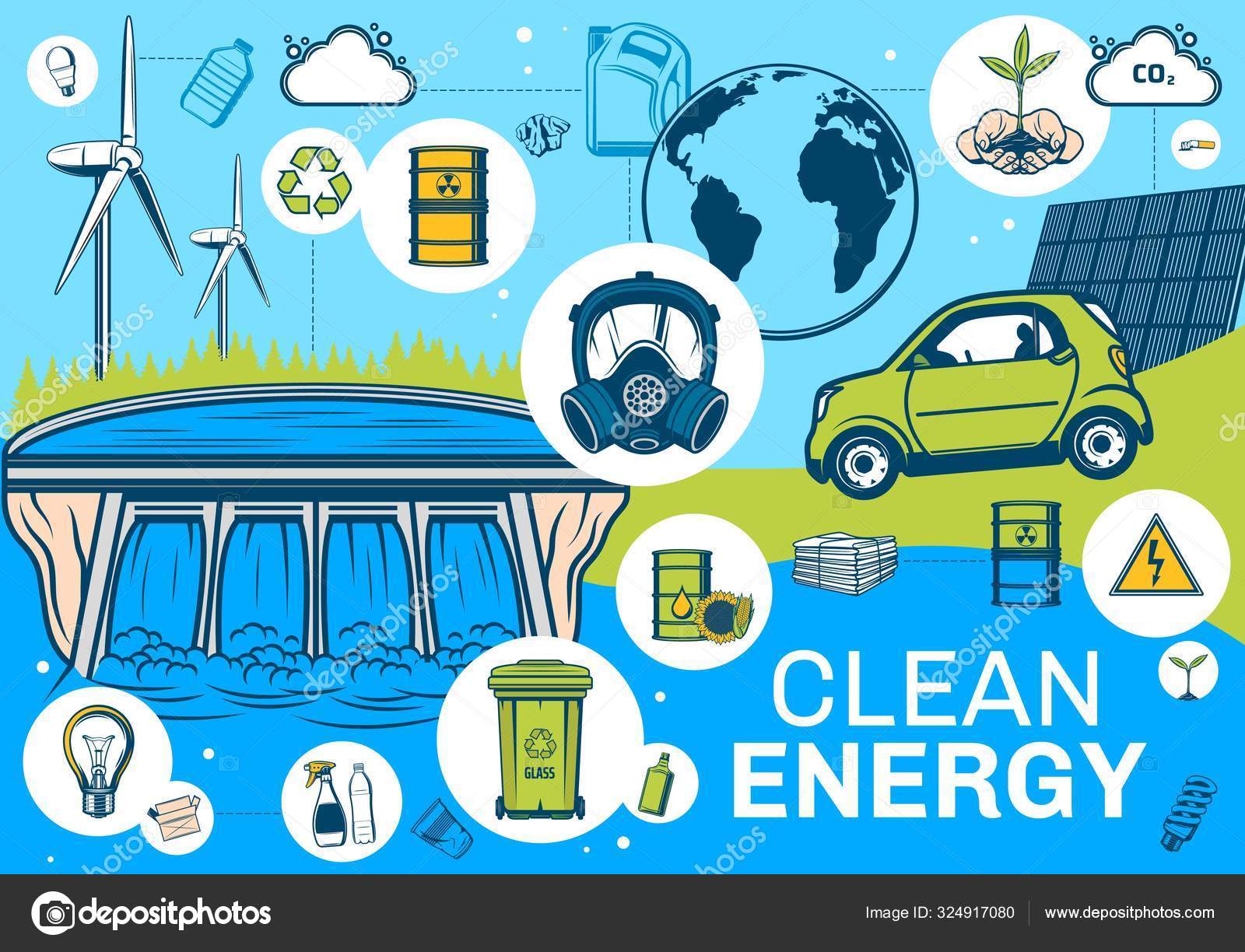
Eco-Friendly Choices: Navigating Clean Energy Options
The global shift towards sustainability has brought a spotlight on clean energy options, heralding a new era in power generation. This article explores various eco-friendly choices available today, emphasizing their impact on the environment, energy independence, and the broader transition to a greener future.
Understanding Clean Energy
Clean energy refers to power generated from sources that have minimal environmental impact. Unlike traditional fossil fuels, clean energy options prioritize sustainability, reducing greenhouse gas emissions and dependence on finite resources. The quest for cleaner alternatives stems from a commitment to combat climate change and foster a more sustainable energy landscape.
Solar Power: Harnessing the Sun’s Energy
Solar power stands out as a frontrunner among clean energy options. Photovoltaic cells convert sunlight into electricity, providing a renewable and abundant energy source. With advancements in technology, solar panels have become more efficient and cost-effective, making solar power an increasingly viable choice for residential, commercial, and industrial applications.
Wind Energy: Tapping into Nature’s Force
Wind energy harnesses the kinetic energy of the wind to generate electricity. Wind turbines, strategically positioned in windy areas, convert the rotational energy of the blades into electrical power. Wind farms, both onshore and offshore, contribute significantly to clean energy production. The scalability and low environmental impact make wind energy a prominent player in the clean energy landscape.
Hydropower: The Power of Flowing Water
Hydropower, derived from the energy of flowing or falling water, has been a traditional source of clean energy. Dams and turbines convert the water’s kinetic energy into electricity. While large-scale hydropower projects are prevalent, small-scale hydropower systems are gaining popularity, offering localized and sustainable energy solutions.
Geothermal Energy: Tapping Earth’s Heat
Geothermal energy taps into the Earth’s internal heat, harnessing steam or hot water to generate electricity. Geothermal power plants and direct-use applications, such as heating and cooling systems, leverage the Earth’s natural heat reservoirs. This clean energy option provides a continuous and reliable source of power with minimal environmental impact.
Biomass Energy: Turning Waste into Power
Biomass energy utilizes organic materials, such as wood, crop residues, and waste, to produce heat and electricity. Biomass can be burned directly or converted into biofuels for use in power plants or vehicles. The cyclical nature of biomass, where plants absorb carbon dioxide during growth, makes it a carbon-neutral option, contributing to the reduction of greenhouse gas emissions.
Nuclear Power: Low Carbon, High Controversy
Nuclear power, while controversial, is often considered a low-carbon energy option. Nuclear fission generates heat, producing steam that drives turbines to generate electricity. The absence of direct greenhouse gas emissions makes nuclear power attractive from a climate perspective, but concerns about safety, radioactive waste, and high costs contribute to ongoing debates.
Energy Storage Solutions: Mitigating Intermittency
A key challenge with some clean energy sources, such as solar and wind, is their intermittency. Energy storage solutions, including batteries and pumped hydro storage, play a crucial role in mitigating this challenge. Storing excess energy generated during peak times ensures a continuous and reliable power supply, even when renewable sources are not actively producing.
Smart Grids: Enhancing Efficiency and Connectivity
Smart grids integrate digital technology with clean energy infrastructure, enhancing efficiency and connectivity. These intelligent systems allow for real-time monitoring, automated responses to demand fluctuations, and better integration of distributed energy resources. Smart grids contribute to optimizing clean energy use and improving overall grid reliability.
Policy and Investment: Catalysts for Clean Energy Adoption
The widespread adoption of clean energy options requires supportive policies and substantial investments. Governments, businesses, and individuals play pivotal roles in driving the clean energy transition. Incentives, subsidies, and regulatory frameworks that encourage the development and utilization of clean energy technologies are essential components of this transformative journey.
Embracing a Green Future with Clean Energy Options
For those eager to contribute to a sustainable future, initiatives like Clean Energy Options offer valuable insights and resources. By exploring clean energy technologies, understanding their benefits, and making informed choices, individuals and organizations can actively participate in the global effort to build a cleaner, greener, and more sustainable world.
Conclusion: A Path to Sustainability
In conclusion, clean energy options pave the way to a sustainable and resilient future. From harnessing the sun’s energy to tapping into the Earth’s natural resources, each option contributes uniquely to the broader goal of mitigating climate change and reducing environmental impact. As we collectively embrace clean energy, we chart a path towards a greener and more harmonious coexistence with our planet.


